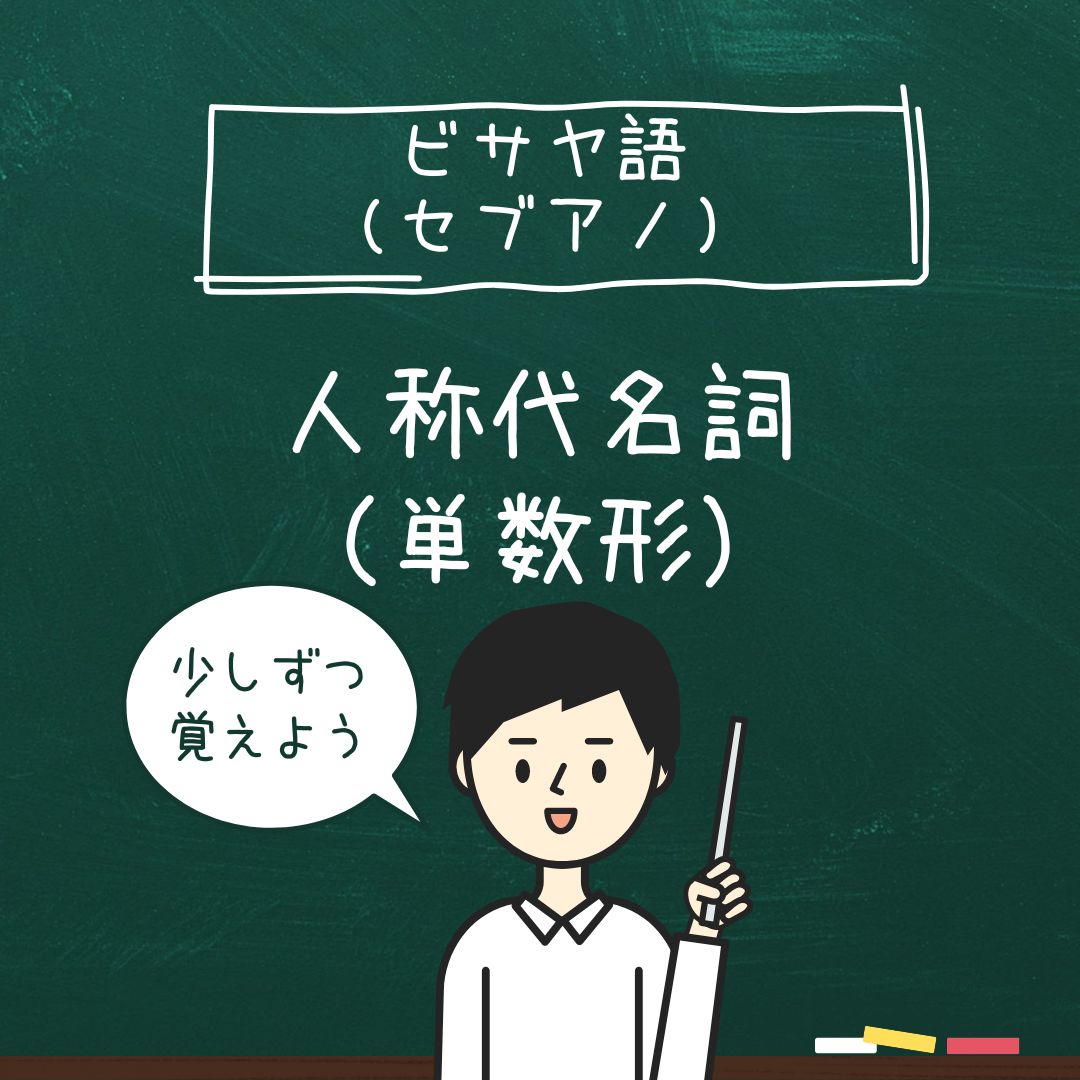Grammar Explanation
In Cebuano, singular personal pronouns are used as follows:
- Ako: I / me
- Ikaw: You
- Siya: He / She
Sentence Structure
The basic sentence structure in Cebuano follows the VSO (Verb-Subject-Object) order. This means that the verb comes first, followed by the subject, and then the object.
Example:
- Nagpuyo ako sa Cebu. (I live in Cebu)
In this sentence, the following structure is applied:
- Verb: Nagpuyo (to live)
- Subject: Ako (I)
- Preposition + Noun: Sa Cebu (in Cebu)
Emphasizing the Subject
While the standard sentence structure is VSO, if you want to emphasize the subject, you can place the subject at the beginning of the sentence.
Example:
- Ako ang nagpuyo sa Cebu. (I am the one who lives in Cebu)
Verb Aspect
In Cebuano, verbs change form based on their aspect (completed, ongoing, future).
- Nagpuyo: living (ongoing)
- Mipuyo: lived (completed)
- Mopuyo: will live (future)
The aspect is crucial for indicating the temporal position of the action in a sentence.
Exercise (10 Questions)
Translate the following Japanese sentences into Cebuano and rearrange them following the VSO structure.
Question 1: He lives in Cebu
Vocabulary to use:
- nagpuyo: lives (present tense)
- siya: he / she
- sa: in (preposition)
- Cebu: Cebu
Question 2: I eat bananas
Vocabulary to use:
- kaon: to eat
- ako: I
- ug: object marker (and)
- saging: banana
Question 3: Where are you going?
Vocabulary to use:
- ikaw: you
- asa: where
- moadto: to go (future tense)
Question 4: She is drinking water
Vocabulary to use:
- niinom: drinking
- siya: she
- ug: object marker (and)
- tubig: water
Question 5: I am working in Cebu
Vocabulary to use:
- nagtrabaho: working (present tense)
- ako: I
- sa: in (preposition)
- Cebu: Cebu
Question 6: What are you watching?
Vocabulary to use:
- unsa: what
- ang: definite article
- imong: your
- gitan-aw: watching (present tense)
Question 7: He is coming today
Vocabulary to use:
- muabot: will come (future tense)
- siya: he
- karon: today
Question 8: I will make bread
Vocabulary to use:
- maghimo: will make (future tense)
- ako: I
- ug: object marker (and)
- pan: bread
Question 9: What time are you leaving?
Vocabulary to use:
- unsa nga oras: what time
- ka: you
- molakaw: will leave (future tense)
Question 10: She is watching TV
Vocabulary to use:
- nagtan-aw: watching (present tense)
- siya: she
- ug: object marker (and)
- TV: TV
Answers + Explanation
Question 1: He lives in Cebu
- Nagpuyo siya sa Cebu
(VSO: Verb – Subject – Object)
Grammar Explanation:
- Nagpuyo: Verb meaning “lives.”
- Siya: Pronoun meaning “he.”
- Sa Cebu: Preposition + noun, “in Cebu.”
Question 2: I eat bananas
- Kaon ako ug saging
The word order should be VSO, so the verb comes first. - Kaon: Verb “to eat.”
- Ako: Pronoun “I.”
- Ug saging: Object marker “and” + “banana.”
Question 3: Where are you going?
- Asa ka moadto?
- Asa: Question word “where.”
- Ka: Pronoun “you.”
- Moadto: Verb “to go” (future tense).
Question 4: She is drinking water
- Niinom siya ug tubig
- Niinom: Verb “drinking.”
- Siya: Pronoun “she.”
- Ug tubig: Object marker “and” + “water.”
Question 5: I am working in Cebu
- Nagtrabaho ako sa Cebu
- Nagtrabaho: Verb “working” (present tense).
- Ako: Pronoun “I.”
- Sa Cebu: Preposition + noun “in Cebu.”
Question 6: What are you watching?
- Unsa ang imong gitan-aw?
- Unsa: Question word “what.”
- Ang: Definite article for emphasis.
- Imong: Pronoun “your.”
- Gitan-aw: Verb “watching” (present tense).
Question 7: He is coming today
- Muabot siya karon
- Muabot: Verb “will come” (future tense).
- Siya: Pronoun “he.”
- Karon: Adverb “today.”
Question 8: I will make bread
- Maghimo ako ug pan
- Maghimo: Verb “will make” (future tense).
- Ako: Pronoun “I.”
- Ug pan: Object marker “and” + “bread.”
Question 9: What time are you leaving?
- Unsa nga oras ka molakaw?
- Unsa nga oras: Question phrase “what time.”
- Ka: Pronoun “you.”
- Molakaw: Verb “will leave” (future tense).
Question 10: She is watching TV
- Nagtan-aw siya ug TV
- Nagtan-aw: Verb “watching” (present tense).
- Siya: Pronoun “she.”
- Ug TV: Object marker “and” + “TV.”
Summary
The basic sentence structure in Cebuano is VSO (Verb-Subject-Object). The subject is only placed at the beginning of the sentence when emphasizing the subject.
The verb is the core of the sentence, changing based on aspect (completed, ongoing, future).
For questions, you don’t need to change the sentence structure; simply place the question word at the beginning.
Nouns and adjectives don’t have gender or plural distinctions, so context is key.
Words Used in This Topic
Verbs
- nagpuyo: lives (present tense)
- kaon: eats
- moadto: will go (future tense)
- niinom: drinks (present tense)
- nagtrabaho: works (present tense)
- gitan-aw: watching (present tense)
- maghimo: will make (future tense)
- molakaw: will leave (future tense)
- nagtan-aw: watching (present tense)
Question Words
- asa: where
- unsa: what
- unsa nga oras: what time
Pronouns
- siya: he / she
- ako: I / me
- ikaw: you
- imong: your
Prepositions / Conjunctions
- sa: in (for location)
- ug: object marker (and)
Nouns
- Cebu: Cebu
- saging: banana
- tubig: water
- pan: bread
- karon: today
- TV: TV


